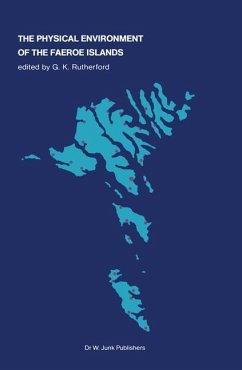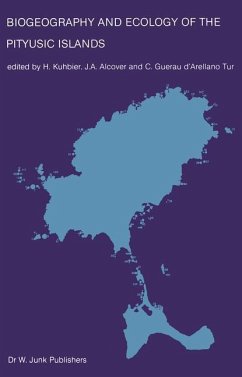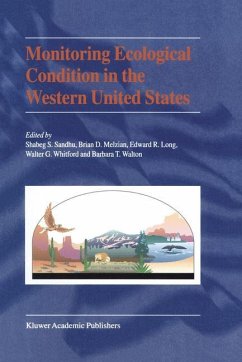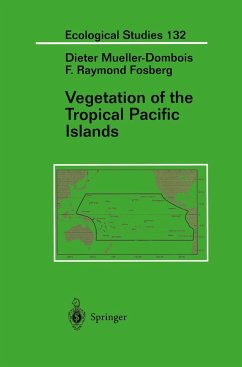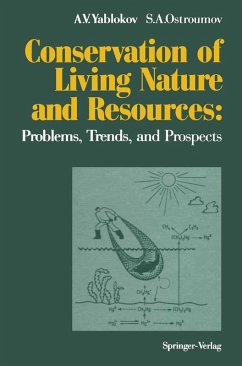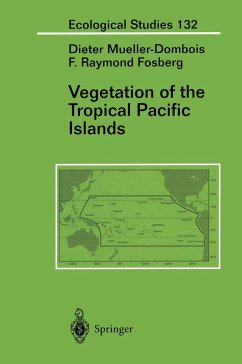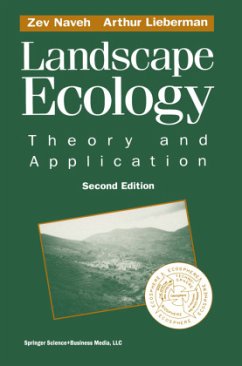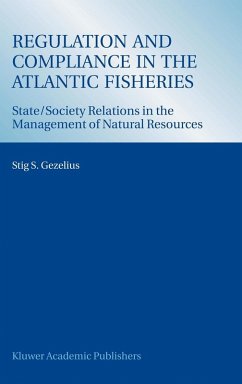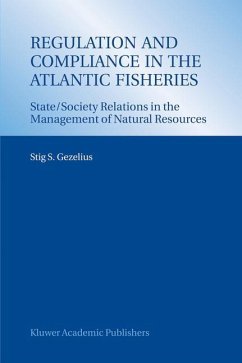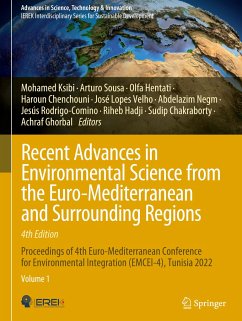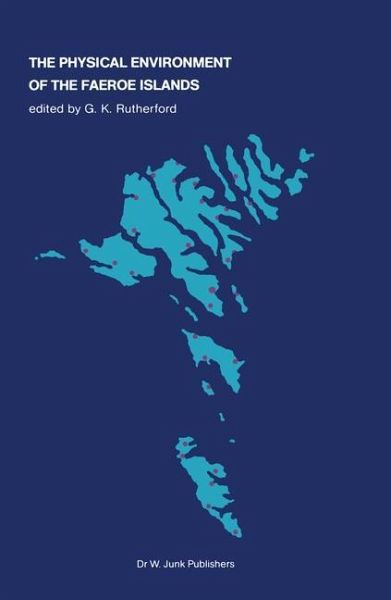
The Physical Environment of the Faeroe Islands

PAYBACK Punkte
39 °P sammeln!
G. K. Rutherford The Faeroes were first inhabited by Irish monks in the year 700 A. D. , yet they have remained insular and isolated for over 1000 years. In 1948 the Faeroes were still relatively unknown in the Northern European economic community and were regarded as an underdeveloped nation. The main occupation was fishing, as it still is now. No other primary activities existed other than local fishing and subsistence agriculture. There were no factories or industries. Enormous development has taken place since then and this development has created a demand for an inventory of the Faeroe Is...
G. K. Rutherford The Faeroes were first inhabited by Irish monks in the year 700 A. D. , yet they have remained insular and isolated for over 1000 years. In 1948 the Faeroes were still relatively unknown in the Northern European economic community and were regarded as an underdeveloped nation. The main occupation was fishing, as it still is now. No other primary activities existed other than local fishing and subsistence agriculture. There were no factories or industries. Enormous development has taken place since then and this development has created a demand for an inventory of the Faeroe Island natural resources. Although scientific investigations have been conducted of the Faeroes since 1673, it was not until 1969 that Denmarks Geologiske unders0gelse completed the first detailed geologic study. This report (Rasmussen and Noe-Nygaard 1970) discusses the Faeroe Islands' Plateau Basalts. Prior to this investigation little was known about the geology of this island archipelago. The earlier reports are confined primarily to a descriptive recording of the bedrock and glacial geology (Debes 1673, Forchhammer 1824, Grossman and Lomas 1895), botany (Trevellyan 1835, Ostenfeld 1905), and zoology (Jensen, et al. 1901). General ized descriptions of the landscape occur briefly under the topic heading of glacial geology (Geike 1880) during this period. 0dun (1923) was first to systematically report the overall character of the Faeroese landscape and his original report has only recently been elaborated upon by Trap (1968).





